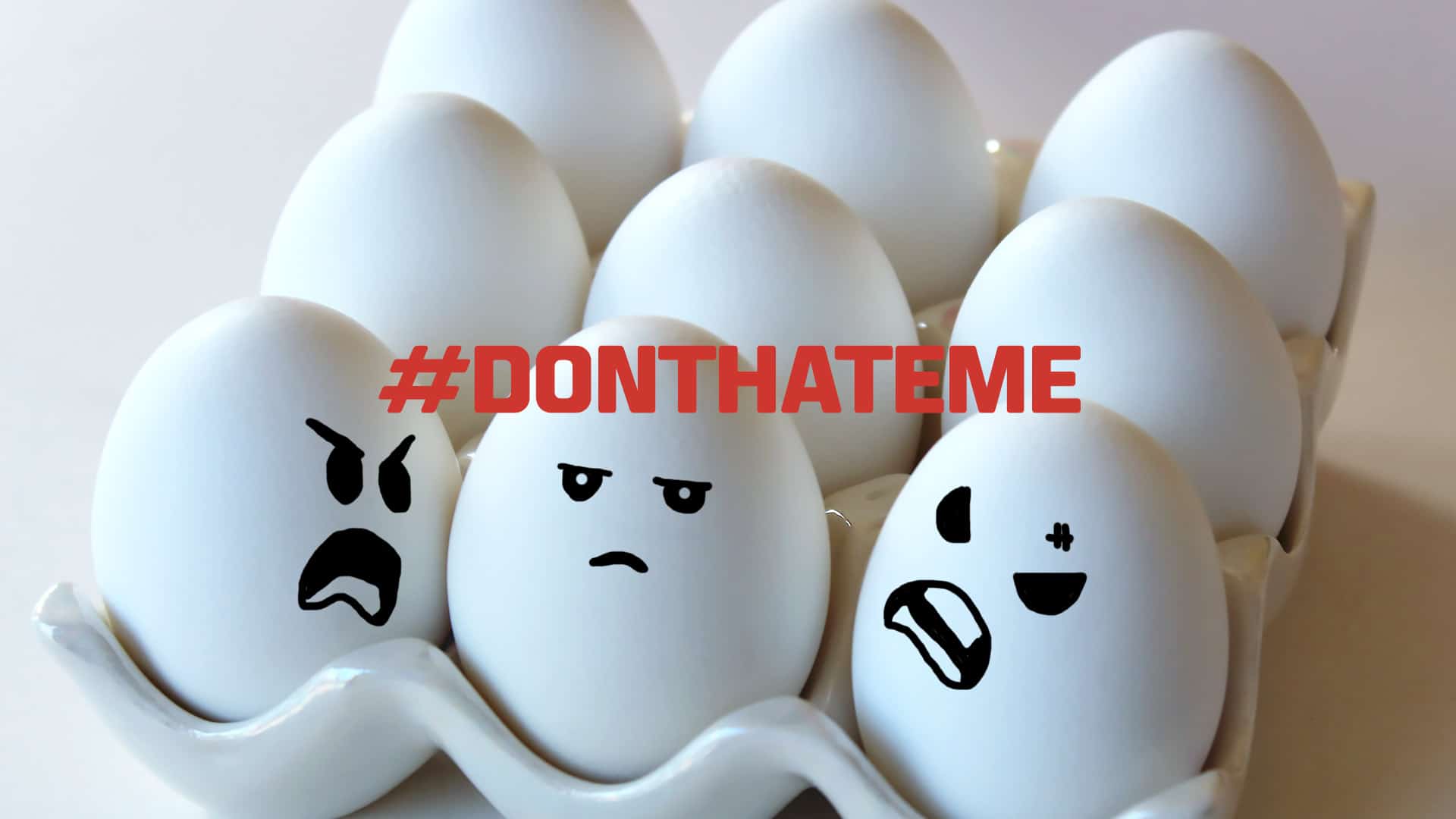How to use your brand platform when faced with negative brand perception.
What a month it’s been for perception! It’s not even the dreaded April 15 deadline for taxes, yet Pepsi’s new ad and United Airlines’ booted passenger have managed to capture the public’s attention… and not for good reason. Then, as if on cue, the White House Press Secretary drops an anti-Semitic remark, during Passover, drawing some of the ire away from United. Most everyone sees the public relations significance (and HR someone-is-gonna-get-fired moments) of these head-scratching, jaw-dropping, coffee-spitting moments, even without the engulfing debates and memes on social media. If branding can influence perception, then can it help in moments like these? What happens when your brand becomes public enemy #1? How do you respond when you’ve developed a negative brand perception? Don’t cross your fingers and hope some other news event will take heat off you. Sean Spicer won’t always be around to distract the public, and you must continually manage your brand. Here are 5 suggestions.
1. Listen.
Remember one key fact in business: perception is reality. This means that your target audience’s perception of you will carry more weight than your version of the story. Listen to the complaints because it will give you details on where, when, and how your negative brand perception was created. That’s where you will need to focus. Don’t entrench yourself in a ditch by rehashing your story, because if your target audience didn’t hear it the first time, they won’t hear it a second time. Listen to what you are being told, because it will show you a path forward.
2. Identify.
When you’ve listened, you can identify the specifics of your negative brand perception. Specificity gives a reason for everything. Did a product or a service not work? Did your audience think you offered a different solution? Was there a miscommunication somewhere along the buyer’s journey, and the customer’s experience was… horrible? Did your photos or logos misunderstand cultural differences, or did your tweets misunderstand current trending hashtags, like DiGiorno? What, exactly, is the negative perception telling you? Your intent may be entirely irrelevant when you face a perception that is not the one you wanted to create. Your target audience’s experience of you is what matters.
3. Remember your Brand Platform.
This isn’t merely a quaint tool that helps you pick out a logo or build a website. A Brand Platform identifies your personality, your Brand Idea, attributes and promises that you make to your target audience. In it, you’ve identified key messaging and started to build a voice that becomes relevant even when a negative perception hits. Although there may be a point at which you realize rebranding is necessary, which we discuss here, in the moment of bad publicity, you need to respond. A brand platform gives you an organized way for your team to remember not only what you’ve promised but also how to communicate that promise. Do you promise everything from A to Z with a smile (Amazon)? You won’t respond with snark. Did you promise the ultimate driving machine (BMW)? You’ll be fixing what’s broken. Period.
4. Respond with substance.
If you’ve listened, then you’ve identified the specific problem that contributed to your negative brand perception has dropped. When you respond, make it relevant to that specific issue and full of substance. Don’t simply tell your target audience you heard them: show them with a relevant and meaningful response. Keep in mind that “company policy” is NOT part of your key messaging. Company policy might be flawed, whether in how it’s designed or how it’s implemented, and should not be treated as part of your brand platform’s messaging. Negative publicity is never cooled by robotic deference to company policy.
Remember, too, that your target audience is composed of real people, not stoic minions. Treat them as real people (maybe even as you’d want to be treated?) when you respond. This might result in a decision to apologize. Keep in mind, as this post from 2015 notes, a modern apology “requires more than a boilerplate statement that simply acknowledges mistakes were made.” For detailed guidance on when an organization should apologize, take a look at the Who-What-Where-When-How “apology formula” in this thorough article from HBR. And yes, even Jester Brand Archetypes can apologize: take a look at this instance from Ben & Jerry’s.
5. Follow up.
Follow up is more than a function of responding to the negativity (or whether you made an apology). After you’ve responded, take a look at your brand perception, whether through an analysis of your positioning or obtaining real consumer feedback. Make an effort to determine whether the incident was a blip on the radar, or something more permanently impacting that requires additional work.
One of the greatest challenges with any business is the fact that brand perception, part of a company’s biggest asset, is determined by the consumer (whether or not she is part of your target audience). Sometimes, this is fun. Other times, it can feel like a disaster. But it doesn’t mean that businesses are helpless. Branding is part science and part art, which can open up opportunities to influence consumer perception. When negative brand perception hits, whether on a dreary Monday or in the middle of a vacation, branding is a tool that can help walk your team through that day with confidence and consistency. Your response is another opportunity for consumer engagement, which means that you can have a positive influence even on the worst of days.
It makes common sense to hire a branding agency … for branding. And, you can do that in just 2-days with our “Branding Intensive“.







